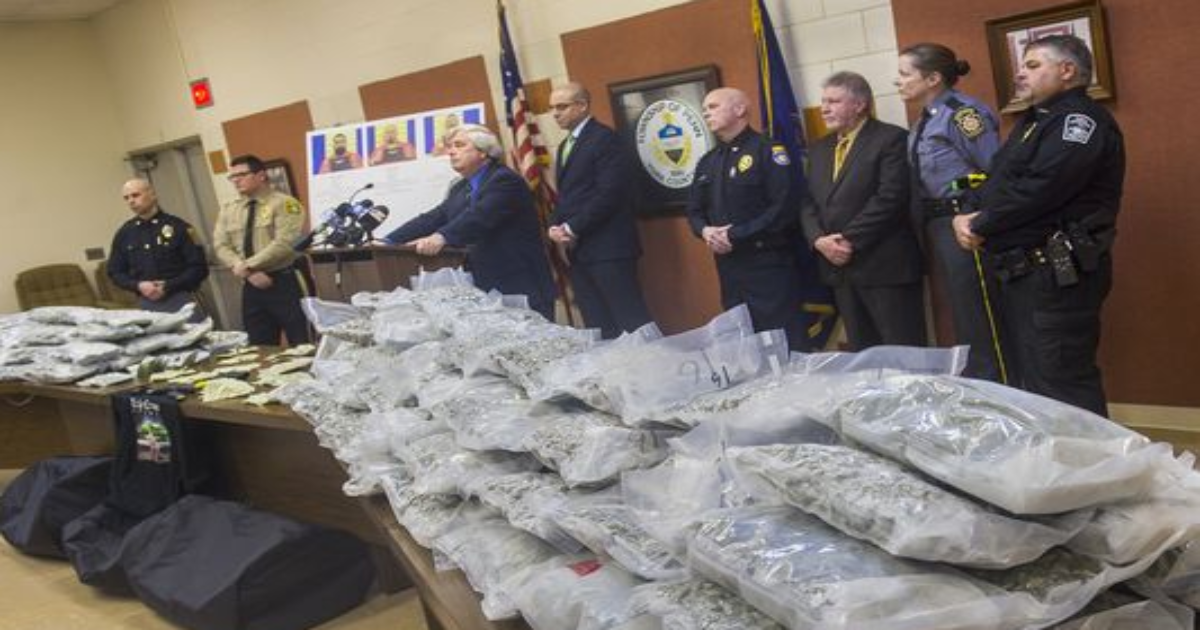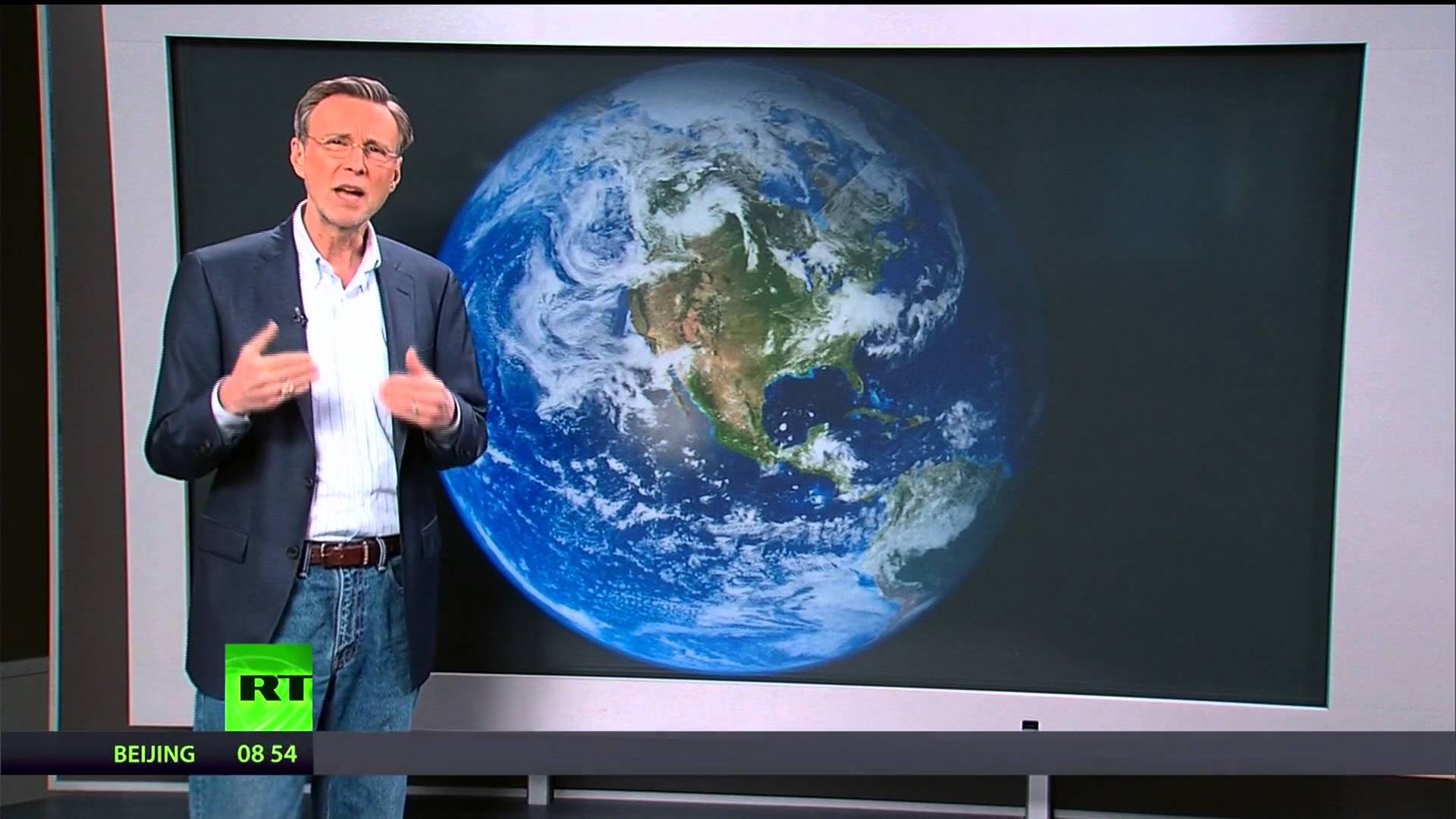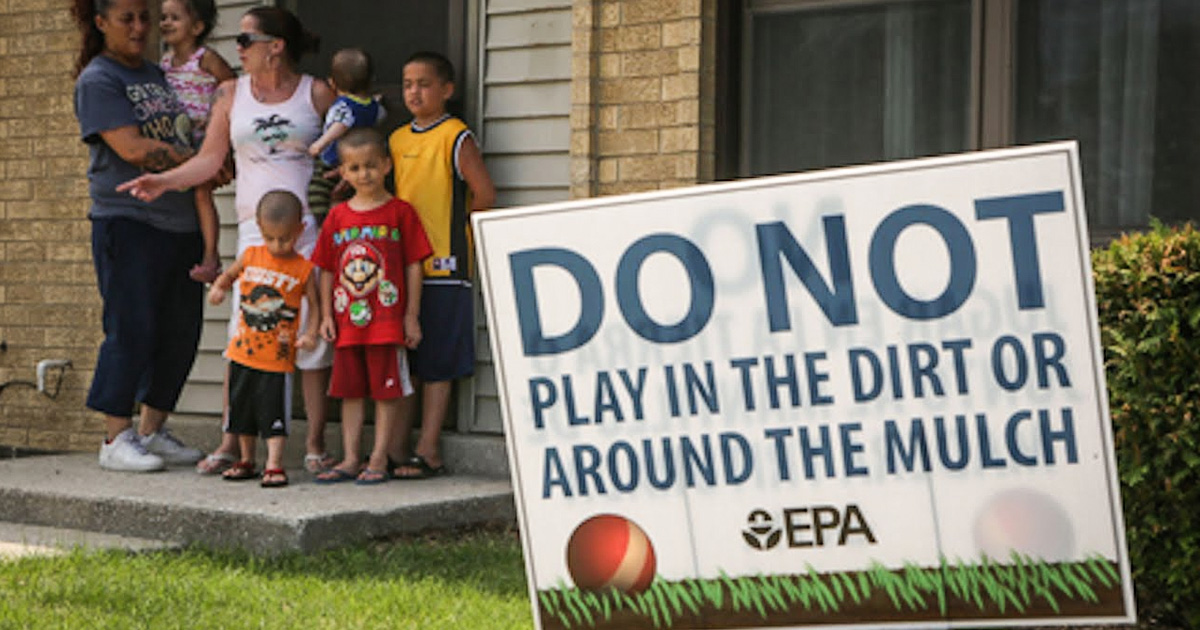Individuals pursuing medical malpractice suits can face a number of hardships and roadblocks on the path to justice. Finding an attorney that will take their case is probably not one at the front of their mind. However, thanks to caps on medical malpractice litigation, finding an attorney that can take a medical malpractice lawsuit can be nearly impossible.
In South Dakota, laws passed in the 1970’s are preventing injured people from receiving the justice they deserve. That’s because, in South Dakota, noneconomic damages are capped in medical malpractices cases to $500,000.
Since medical malpractice lawsuits often require intense labor and expensive expert testimony, the cap on medical malpractice claims acts as an effective nonstarter for litigation. Attorneys often litigate medical malpractice suits on a contingency fee basis, which means that they front the costs and don’t make money unless there is a recovery.
“What is happening in South Dakota is happening all over the nation. Lives of malpractice victims are devalued on a regular basis in the name of tort reform,” said Virginia Buchanan, an attorney with the Levin, Papantonio law firm who litigates medical malpractice claims. “Caps are a way to prevent the justice system from working. Malpractice victims deserve access to courts and the aid of a qualified lawyer. All too often, caps and high litigation costs prevent that from happening.”
Beyond a simple barrier to entry, the caps on medical malpractice suits can mean that individuals with the most horrific and unfortunate of injuries are unable to be adequately compensated.
Would-be mothers that lose the ability to bear children, families of loved ones lost, and individuals permanently disabled as the result of such negligence face a stark reality. Not only may they be unable to find an attorney able to take on their case, but if they are successful, the cap may limit their ability to be compensated commensurate with their injury.
Altogether, caps on medical malpractice claims create a system that further disenfranchises the often marginalized and vulnerable: the poor and minorities.




